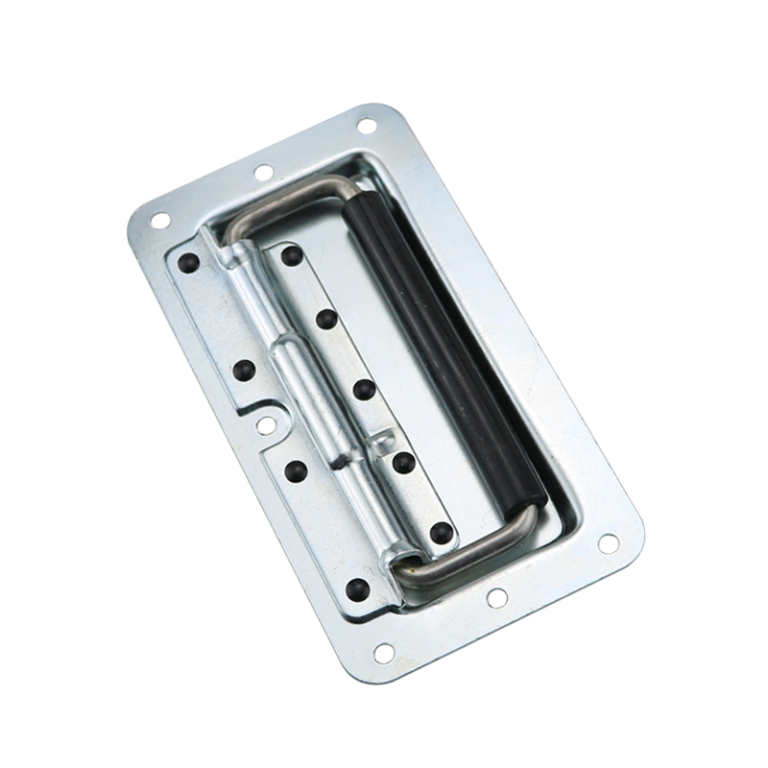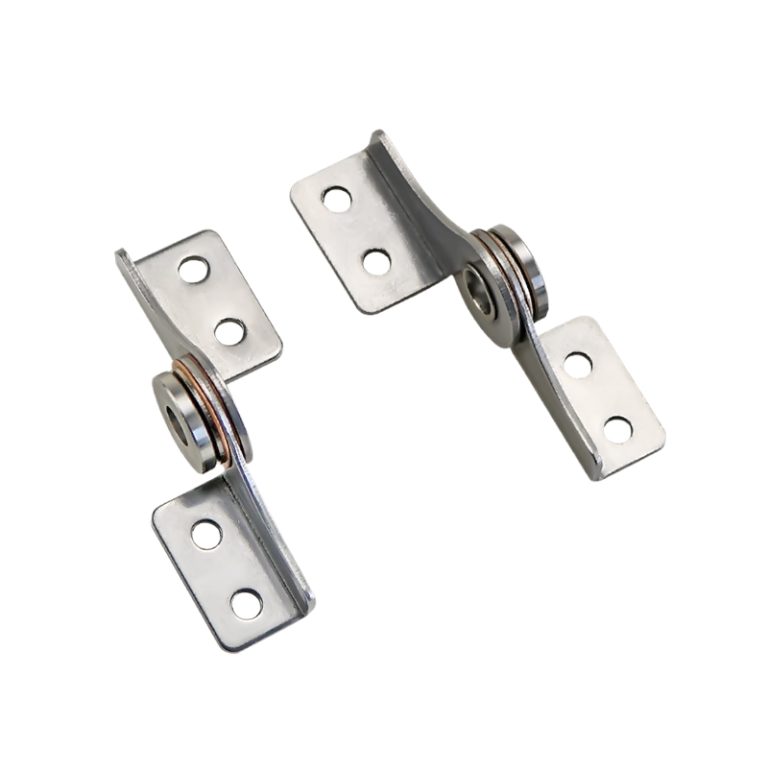A HTAN é um dos principais fabricantes de dobradiças, pegas e fechos industriais na China.
-
+86 13720060320
-
julius@haitangs.com

Seleção de Dobradiças de Armários Eléctricos e Gestão de Fornecedores

I. Overview
Electric cabinet hinges are critical components that connect the cabinet and door, directly influencing the equipment’s safety, operational convenience, and service life. High-quality hinges must meet the following core functions:
- Stable Load-Bearing: Support the weight of the cabinet door for extended periods to prevent deformation or sagging.
- Flexible Opening and Closing: Ensure smooth door operation without jamming or rattling.
- Environmental Adaptability: Maintain stable performance in wet, corrosive, or high-temperature scenarios.
With numerous hinge types available in the market (e.g., standard, corrosion-resistant, heavy-duty, etc.), enterprises need to balance technical requirements, cost control, and supplier reliability. This article provides a comprehensive guide to the entire process, from selection to delivery.
II. Basic knowledge of hinge selection
1. Electric Cabinet Hinges Common Types and Applicable Scenarios
| Type | Characteristics and Application Scenarios |
|---|---|
| Standard Type | Economical and practical, suitable for indoor lightweight cabinets (e.g., office building distribution boxes). |
| Anti-Corrosion Type | Stainless steel or coating process, ideal for outdoor, coastal, and high-humidity environments. |
| Heavy-Duty Type | Thickened materials with a load capacity of over 50kg, suitable for industrial equipment cabinets. |
| Fire-Retardant Type | Flame-retardant materials that meet fire protection requirements (e.g., shopping malls, data centers). |

2. Material Selection Recommendations
- Aço inoxidável: Strong corrosion resistance; recommended for harsh environments like chemical plants and food processing. Use 316L material for optimal performance.
- Steel: Low cost but requires surface anti-corrosion treatment; suitable for dry indoor scenes.
- Liga de alumínio: Lightweight but with lower strength; ideal for small cabinets.
3. Key Parameter Reference
- Load-Bearing Capacity: ≥ 1.5 times the weight of the cabinet door (e.g., a 20kg door requires a 30kg-grade hinge).
- Protection Level: IP54 or above for outdoor scenes to ensure dustproof and waterproof performance.
- Installation Compatibility: Confirm that the hinge matches the thickness (usually 1.5-3mm) and hole position of the cabinet.
III. Electric Cabinet Hinges Before You Buy
Define the Requirements
- Evaluate usage scenarios (indoor/outdoor/special environments), door weight, and frequency of opening and closing.
- Set a budget range: Corrosion-resistant types cost about 2-3 times more than standard types.
Market Research
- Categorize Suppliers:
- International Brands (e.g., Schneider, ABB): Leading technology but higher prices.
- Chinese brand (HTAN): Cost-effective with fast service response.
- Small and Medium-sized Manufacturers: Verify production qualifications (e.g., ISO 9001) and quality inspection reports.
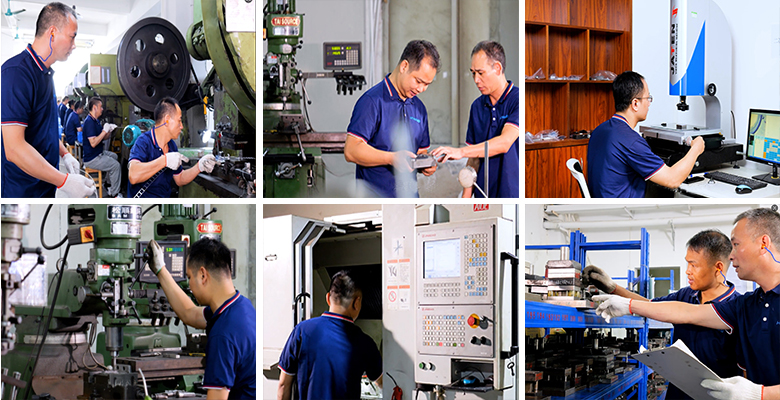
IV. Supplier Evaluation and Cooperation Agreement
1. Supplier Capacity Verification
- Production Capacity: Check if the factory has automated equipment (e.g., CNC machines) and if the monthly production capacity meets standards (over 100,000 pieces recommended).
- Quality Control: Require salt spray test reports (e.g., no rusting after 48 hours) and material strength certificates.
- Customization Ability: Confirm if the design can be adjusted according to specific needs (e.g., special opening and closing angles).
2. Sample Test Points
- Aparência: Ensure no surface burrs and uniform welding points.
- Performance: Simulate 5,000 switch cycles without failure; load-bearing tests must meet standards.
- Installation Verification: Complete accessories with hole position error ≤ 0.5mm.
3. Cooperation Terms
- Warranty: At least 2 years, with free replacement of faulty products.
- Delivery Time: Establish a clear delivery cycle and set aside a 15% buffer to mitigate delay risks.
V. Successful Case Reference
Industrial Scene Application
- Rittal Hinge: Uses high-strength alloy, supports 125° large-angle opening and closing, simplifies equipment maintenance, and is ideal for data center cabinets.
- New L-Shaped Buckle Plate Design: Enhances installation stability, achieves IP40 protection level, and reduces long-term maintenance costs.
- Removable Hinge Program: Split structure design simplifies installation and replacement processes, minimizing downtime.
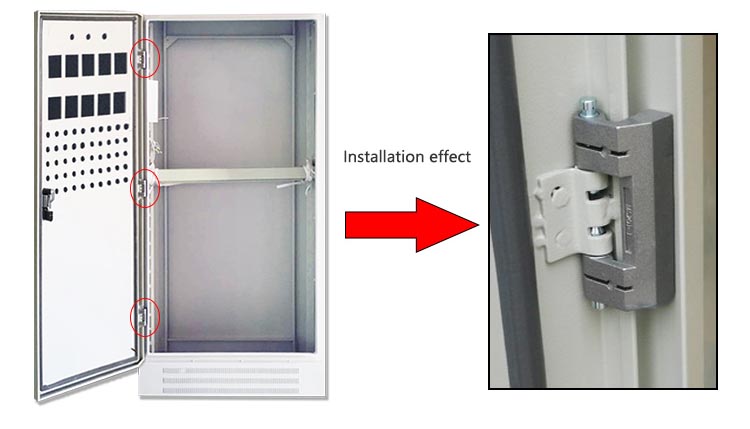
VI. Electric cabinet hinges common problems and coping strategies
| Problem | Cause | Solution |
|---|---|---|
| Loose Hinge | Screws not tightened or hole diameter too large | Use spring washers or replace self-tapping screws. |
| Switch Rattling | Insufficient lubrication or worn parts | Add high-temperature grease; replace if severe. |
| Rust | Material not resistant to environmental corrosion | Change to 316 stainless steel or apply anti-corrosion coating. |
| Budget Overspending | Excessive pursuit of high performance | Select basic models with customized features. |
VII. Summary
Electric cabinet hinge procurement should focus on technical suitability, cost-effectiveness, and supply chain stability. It is recommended that enterprises:
- Establish clear supplier evaluation criteria (e.g., quality certifications, delivery capabilities).
- Verify product performance through sample testing.
- Sign flexible contracts and prepare contingency plans.
By implementing systematic management, companies can reduce procurement risks and achieve long-term cost optimization.

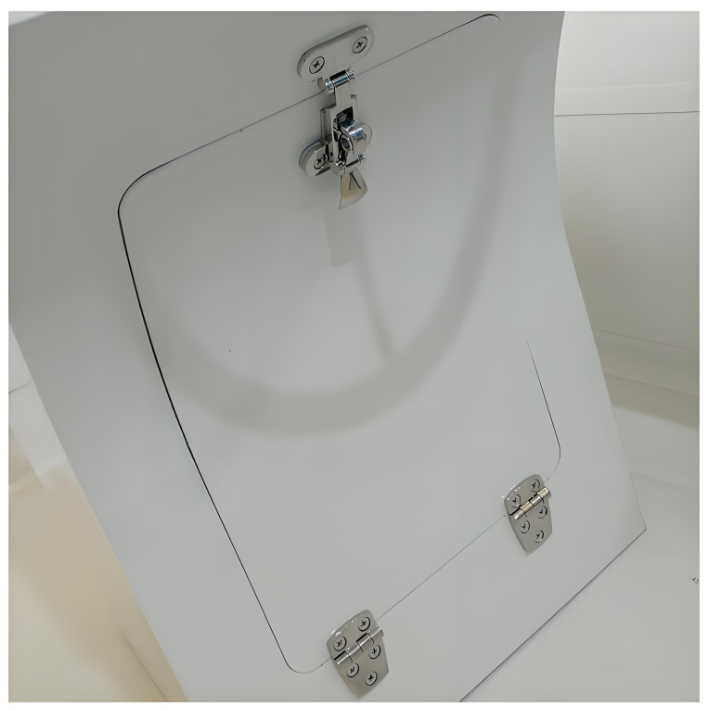
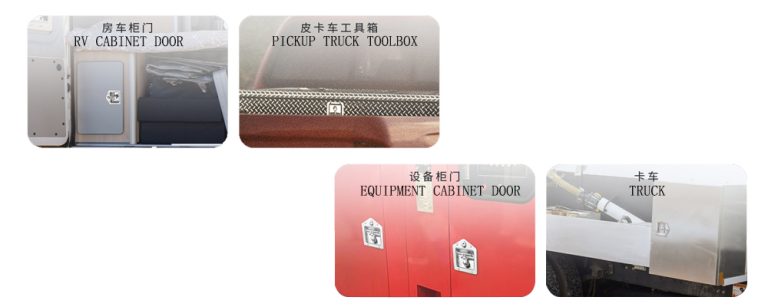
-1-768x768.png)
-768x768.png)
